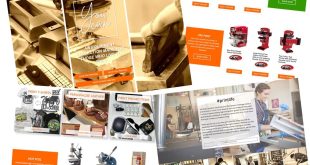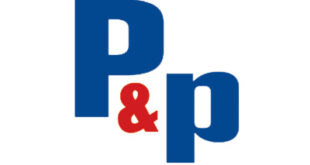 A research project at the Hohenstein Group aims to develop a new cleaning process for high-visibility clothing.
A research project at the Hohenstein Group aims to develop a new cleaning process for high-visibility clothing.
During certain sectors of industry, such as those who work on the roads or railways, employees can become contaminated by, for example, bitumen, tar or buffer grease. This contamination reduces the warning effect of the high-visibility clothing, creating a significant safety risk for the employee wearing such clothing.
Current cleaning processes lack the ability to efficiently remove contaminations such as bitumen, tar or buffer grease. Only by application of large amounts of chemicals and washing times, these contaminations can be removed. This intense washing procedure causes damage to the materials and reduces the lifespan of the clothing.
The current research project at the Hohenstein Group focuses on product- and application-specific reference cleaning processes for high-visibility clothing. These washing processes are designed to be gentle to textiles, while removing persistent contaminations such as bitumen from the high-visibility clothing. Laundries will be able to use the results as basic principles and apply them to their individual work in practice.
Positive results on dirt removal and washing efficiency
One key point is to improve the dissolving, emulsification or suspension of oily or greasy contaminations during the washing procedure, because they particularly reduce the service life of high-visibility clothing.
Due to their increased capability of solving persistent contaminations at low temperatures, microemulsions and soil release polymers were selected as two approaches in developing novel reference cleaning processes. Necessary data will be recorded and entered into an evaluation matrix (including retroreflection, weatherproof properties and water and energy consumption) to enable an easy transfer from laboratory to industrial scale.
For manufacturers of high-visibility clothing, textile service providers and certification authorities, such an evaluation matrix is a key requirement for integrating the results into their processes.
Adaption of the parameters in laundries and textile leasing companies will minimise the probability of a premature loss of functionality of the high-visibility clothing.
Additionally, results of individual parameter changes can be estimated by use of the developed evaluation matrix. Therefore, textile leasing companies will have a reliable basis for calculating the expected service life of high-visibility clothing.
 Printwear & Promotion The Total Promotional Package
Printwear & Promotion The Total Promotional Package




